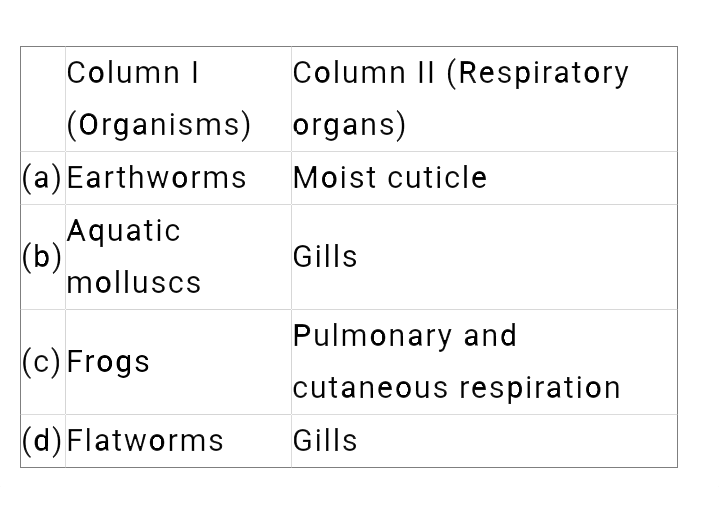Which one of the following organisms is scientifically correctly named. Corretly printed according to the Intermational Rules, of Nomenclature, and correctly described
A
Musca domestica - The common house lizard, a reptile
B
Plasmodium falciparum - A protozoan pathogen causing the most serious type of malaria
C
Felis tigris - The Indian tiger, well protected in Gir forests
D
E.coli - Full name Entamoeba coli, a commonly occurring bacterium in human intestine
Video Solution
Text Solution
The correct Answer is:B
* Musca domestica – The housefly, insect.
* Plasmodium falciparum – Unicellular protozoan parasite of human.
* Felis tigris – Indian tiger well protected in Corbett National park.
* E. coli – Escherichia coli commonly occurring bacteria in human intestine.
|
Updated on:21/07/2023
Similar Questions
Knowledge Check
- Question 1 - Select One
Which one of the following organisms is scientifically correctly named, correctly printed according to the International Rules of Nomenclature and correctly described?
AMusca domestica - The common house lizard, a reptileBPlasmodium falciparum - A protozoan pathogen causing the most serious type of malariaCFelis tigris - The Indian tiger, well protected in Gir forests.DE.coli - Full name Entamoeba coli, a commonly occurring bacterium in human intestine - Question 2 - Select One
Which one of the following organisms is correctly matched with its excretory organs?
AHumans-Kidneys, sebaceous glands and tear glandsBEarthwork-Pharyngeal, integumentray and septal nephridiaCCockroach-Malpighian tubules and enteric caecaeDFrog-Kidneys, skin and buccal epithelium - Question 3 - Select One
In which one of the following organism its excretory organs are correctly stated ?
ACockroach - Malpighian tubules and enteric caecaBFrog - Kidneys, skin & buccal epitheliumCHumans - Kidneys, sebaceous glands and tear glandsDEarthworm - Pharyngeal, integumentary & septal nephridia
In which one of the following organisms, its excretory organs are correctly matched?
View SolutionWhich of the following organism is not correctly matched with its respiratory organs?
 View Solution
View SolutionWhich one of the following is correctly matched?
View SolutionWhich one of the following is correctly matched?
View SolutionWhich one of the following is correctly matched.
View Solution
